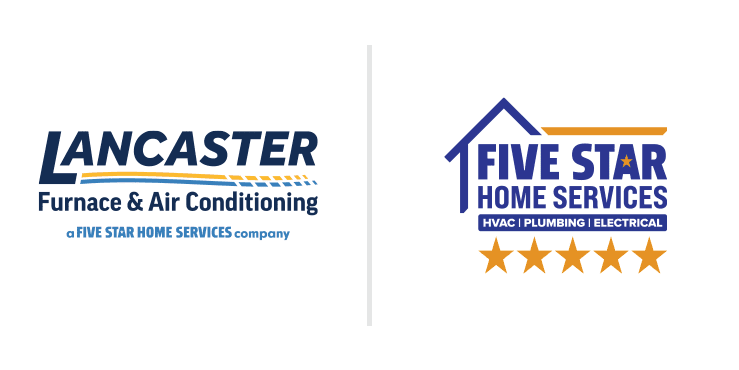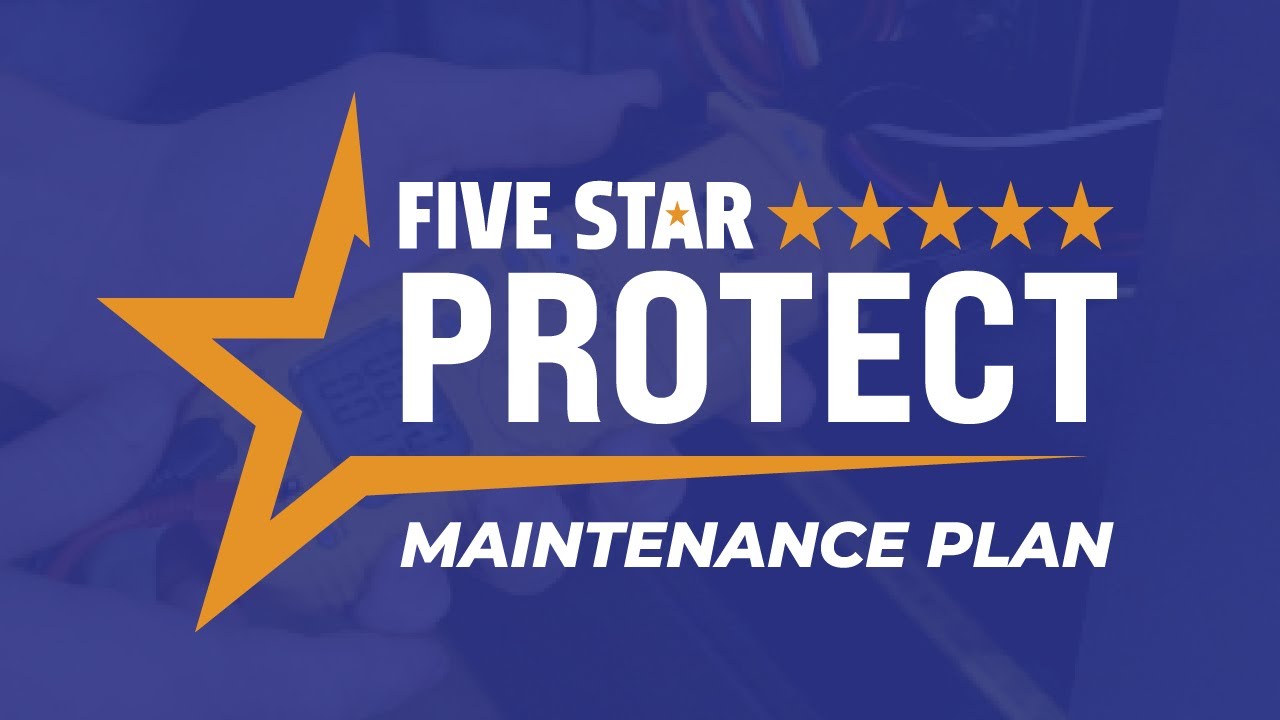AC Maintenance Services in Lancaster, OH
At Lancaster Furnace & Air Conditioning, we’ll always remind you how important seasonal maintenance is for your own benefit, budget, and comfort. As such, before the truly hot months of summer are in full swing, we suggest giving us a call to have a technician give your air conditioner a tune-up and perform this vital maintenance that needs to be done every year.
AC Maintenance Quick Guide

Benefits of Air Conditioner Maintenance

DIY A/C Maintenance TIps

Scheduled Maintenance Agreement

Seal Your Windows for Efficiency
Benefits of Air Conditioner Maintenance
Increase unit’s lifespan
Because these systems are so expensive to replace, maintenance should be a staple in any home improvement plan. Maintenance prolongs the useful lifespan of the system, enabling it to perform at its best, which also reduces energy costs.
Avoid unexpected breakdowns
An AC maintenance visit enables our technicians to ensure your system is in the best possible condition before it’s in full swing, fighting the sweltering summer heat. We replace defective components before they escalate and cause damage to other parts or inhibit the system’s otherwise smooth functioning.
IMPROVE INDOOR AIR QUALITY
Because our techs clean out trapped particles that tend to accumulate inside AC units in a short span of time, your indoor air quality will be improved. Things like dust, dirt, pet dander, and grime are targeted and removed.
Do-It-Yourself AC Maintenance
All AC manufacturers greatly emphasize the importance of preventative maintenance to the point that it is required in order to keep warranties valid. If you own a new system, it would be silly should you not to keep up with maintenance.
As part of an A/C tune-up/maintenance visit, our techs carefully investigate all the components of your home cooling system to determine if there are any concerns such as defective parts, soot, rust, frayed wiring, refrigerant leakage, rotting parts, corroded electrical contacts or anything else that might be going awry. Apart from the many things our technicians do during a visit, we put together a list of some additional Do-It-Yourself maintenance tips below:

CLEAN THE AREA

DUCT CLEANINGS

UTILIZE AC COVER
During the cold months, protect your outdoor AC coils with a cover to prevent ice and other extreme weather from damaging while you aren’t using it. This cover need not cost much, and should not be airtight. A trash can lid or small sheet of plywood secured by bungee cords works ideally.

CHECK FOR THERMOSTAT AIR LEAKS
Check wire entry points behind your thermostat to make sure there isn’t a gap allowing air through. If you find a gap there, keep in mind this will enable air to get through. You’ll want to apply some caulking to prevent this air from interfering with the thermostat’s ability to provide an accurate reading.
AC Maintenance Tip: Seal Your Windows
Limiting the volume of air that leaks in and out of your home is a cost-effective way to cut heating and cooling costs, improve durability, increase comfort, and create a more robust indoor environment.
Seal Air Leakage
Air leakage occurs when outside air enters and conditioned air leaves your house uncontrollably through cracks and openings. It is unwise to rely on air leakage for ventilation. During cold or windy weather, too much air may enter the house. When it’s warmer and less windy, not enough air may enter, which can result in poor indoor air quality. Air leakage also contributes to moisture problems that can affect occupants’ health and the structure’s durability. An added benefit is that sealing cracks and openings reduces drafts and cold spots, improving comfort.
Tips for Sealing Air Leaks
- Test your home for air tightness.
- Caulk and weatherstrip doors and windows that leak air.
- Caulk and seal air leaks where plumbing, ducting, or electrical wiring comes through walls, floors, ceilings, and soffits over cabinets.
- Seal air leaks around fireplace chimneys, furnaces, and gas-fired water heater vents with fire-resistant materials such as sheet metal or sheetrock and furnace cement caulk.
- Cover your kitchen exhaust fan to stop air leaks when not in use.
Lancaster Furnace & Air Conditioning
Resource Center
Recent Cooling Blog Posts
Why Is My AC Freezing Up?
Encountering a frozen air conditioner can be quite bewildering. The idea of an AC unit freezing up...
5 RED FLAGS TO LOOK FOR IN AN HVAC SYSTEM WHEN PURCHASING A NEW HOME
When looking to purchase a new home, it's important to pay attention to the HVAC system. A...
Quick Links

Heating Safety Tips

Cooling Efficiency Tips

Improve Your Indoor Air Quality

Leave Us a review

Online Deals










